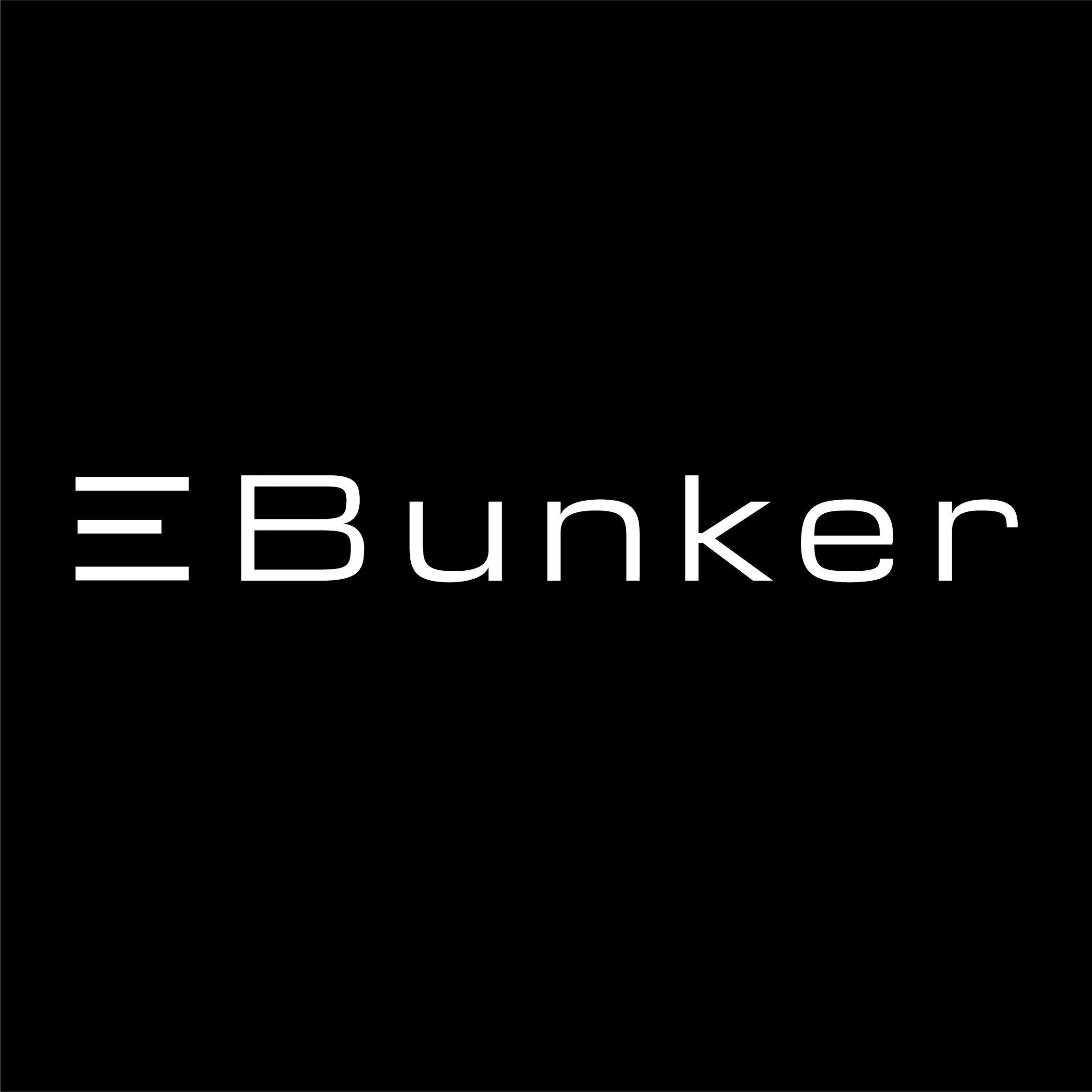Why Ethereum Needs ZK-VM: The Ultimate Path to Scaling
- 核心观点:ZK技术是以太坊扩容的关键方向。
- 关键要素:
- ZK化可将验证模式从全员全验转为全员一验。
- Brevis协议可在12秒内完成99.6%区块证明。
- 硬件成本控制在10万美元以下保持去中心化。
- 市场影响:提升以太坊性能同时保障安全去中心化。
- 时效性标注:中期影响
Among the many ideas for Ethereum expansion, ZK is the most complex and critical direction
Looking across the entire network, Vitalik Buterin and the Ethereum Foundation have placed the largest bets on ZK. ZK is a bit like the youngest son in the Ethereum family, receiving the most investment, but also the most uncertain future.
A few days ago, the Ethereum Foundation released the Kohaku roadmap , a plan for the foundational components of a privacy wallet. The roadmap reiterated that many core features will still rely on the implementation of the ZK-EVM or ZK-VM.
So why does Ethereum need ZK-VM so urgently?
The answer is simple: for performance gains, but not at the expense of security.
Bottlenecks to performance improvement: Full-staff verification and GAS cap
We mentioned earlier that the most immediate way to improve Ethereum’s performance is to increase the GAS limit , that is, to make the blocks larger.
But the problem is that increasing the GAS limit comes at a cost , and overly large blocks are a heavy burden on nodes.
Currently, Ethereum uses a verification model called "all-member, all-verification," where all nodes must fully verify every block. While this mechanism is simple and secure, it is also highly redundant.
If the GAS limit is significantly increased, the computing power of each node will also increase dramatically.
Considering that Ethereum’s block interval is only 12 seconds, which also requires time for block propagation and MEV sorting, the actual time available for validators to verify is only about 4-8 seconds, leaving almost no room to handle a larger load.
ZK-based Ethereum: From “Everyone Verifies Everything” to “Everyone Verifies Everything”
If Ethereum L1 is fully ZK-ified, the verification model will change from "all members verify all" to "all members verify once." In this model, when a block is assembled, a ZK proof will be generated first.
ZK is characterized by slow proof generation but extremely fast verification. Therefore, nodes only need to verify the correctness of the proof once, without having to repeatedly execute all transactions in the block.
This means that Ethereum can significantly increase the GAS limit without significantly increasing the node burden.
A vivid metaphor is: in the past, when you submitted a leave request (sent a transaction) on DingTalk, each leader (node) needed to verify one by one whether you had any vacation balance (all staff verification), and the process would only be passed after everyone approved.
After ZK, the system first verifies that you do have vacation time, and then issues a certificate (ZK) to all leaders. At this time, the leaders only need to trust and quickly approve it (all employees verify it).
After ZK, you still apply for leave (send a transaction). When the system finds that you have remaining leave, it directly tells the leaders that "this person has leave", and the leaders fully trust that the system will not make mistakes (ZK). Then the leaders' approval will be much faster (all employees check it at once).
This is why Ethereum needs to be ZK-ified.
Challenges and Cases of Cryptography
Of course, achieving all this requires a huge amount of engineering and the cryptographic difficulty is very high, so Ethereum must work with a professional team .
The Brevis protocol mentioned by Justin, a researcher at the Ethereum Foundation, is one of the leading cases in this field.
Brevis focuses on ZK-VM, and its latest Pico Prism technology is currently one of the fastest solutions for generating ZK proofs under given conditions.
According to test data, under the current Ethereum block size of 45M GAS, Brevis uses 64 RTX 5090 GPUs to complete 99.6% of block proofs within 12 seconds, of which 96.8% of blocks can complete proof generation within 10 seconds.
To maintain decentralization, Ethereum requires that the cost of ZK proof equipment cannot exceed $100,000 .
While higher-end GPUs like the H 200 or B 200 could generate proofs even faster, that would significantly raise the barrier to entry. Brevis's current design is stuck within this limit.
Why is “10-second coverage” also important? Because MEV blocks are usually generated within 1–3 seconds, plus the 10-second proof time just fills the 12-second block interval.
Summary: Ethereum ZK-based path logic
If Ethereum wants to accelerate L1 performance, it must increase the GAS limit;
To safely increase the GAS limit, ZK-based systems must be implemented.
In order to elegantly implement ZK (generating proofs within 10 seconds and hardware costs below $100,000), the joint efforts of the cryptography community and the encryption ecosystem are needed.
ZK is the most complex but also the most deterministic direction in Ethereum's scaling path.
It is not only about performance, but also the ultimate solution for Ethereum to seek a balance between security and decentralization.
Ebunker official website: https://www.ebunker.io
For more discussion, please join: https://t.me/ebunkerio
Ebunker Twitter: https://twitter.com/ebunker_eth



